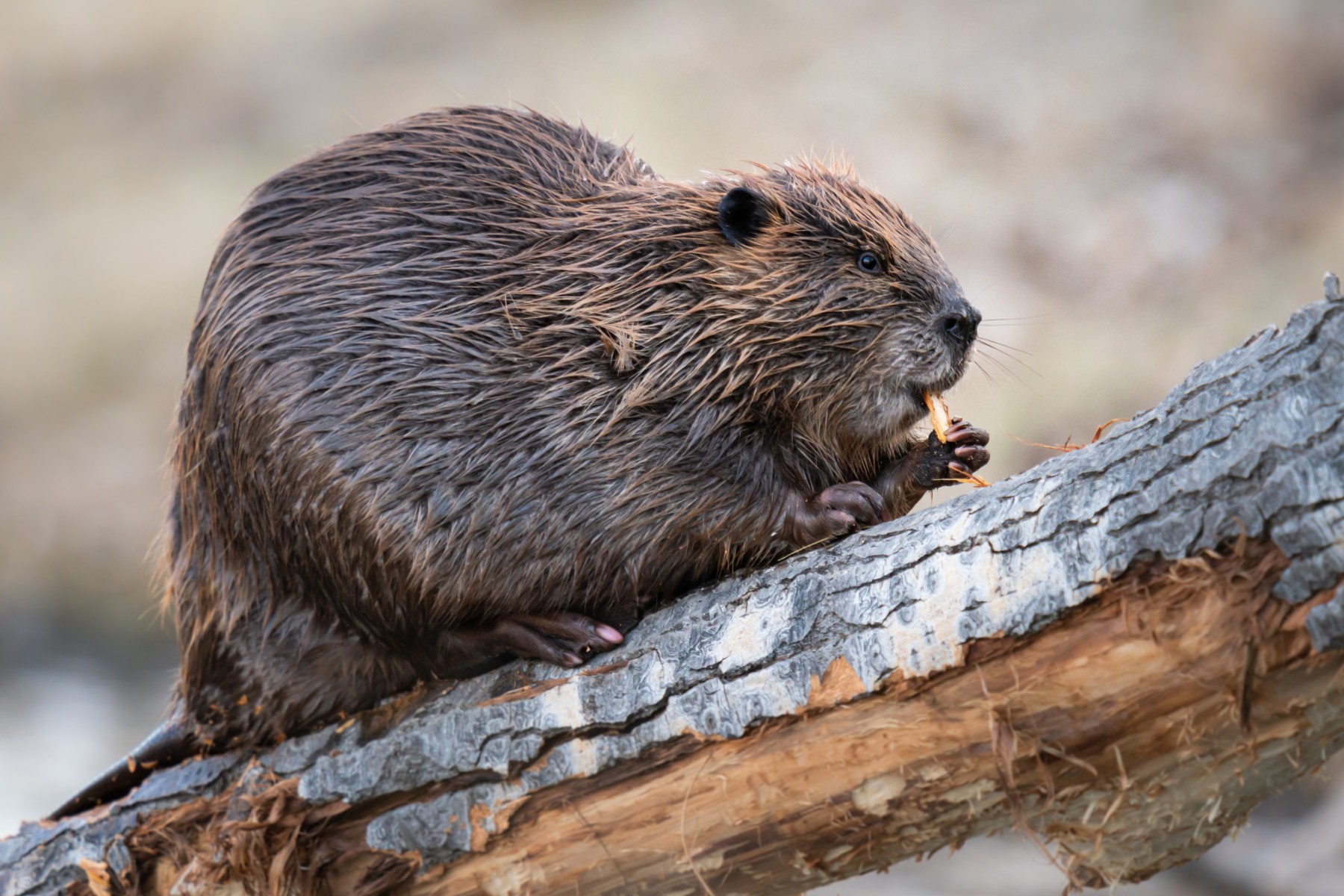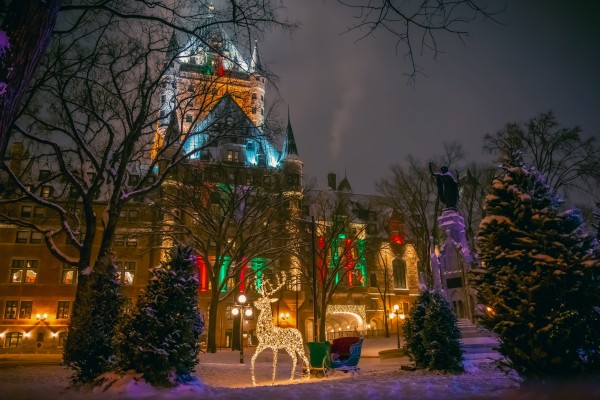The Ultimate Guide to Canada's National Symbols and Icons


One of the coolest things about Canada is how many different cultures live here all together. Canada’s citizens are either First Nations, immigrants, or generational locals descended from immigrants.
Unlike most other countries, Canada doesn’t quite have one specific culture.
Instead, it is a mix of Indigenous and global cultures combined together, with local lifestyles, history, and geography, which add unique flavours to create modern Canadian culture.
Symbols and icons are essential to a country as they represent a nation’s identity, history and values. National symbols include flags, anthems, emblems and landmarks.
Why are Canada’s symbols and icons an important part of our culture?
Canada is a melting pot of cultures, nationalities, backgrounds and customs.
Canada’s national symbols help to create a sense of shared identity amongst the nation's culturally diverse citizens.
They also represent Canada’s history and heritage.
Canadian Indigenous symbols are integral parts of Canada's cultural landscape. Our First Nations have a turbulent and dark past due to settler colonialism, and it’s imperative to honour Indigenous symbols and heritage with recognition and respect.
Fun fact! Many Canadian backpackers used to sew a small embroidered Canadian flag to their backpacks when travelling internationally. This served to differentiate themselves from travellers coming from the United States.
What are the official symbols of Canada?
Canada’s official symbols are designated by Parliament through legislative processes and the Department of Canadian Heritage.
Consultation with Indigenous groups and public consensus are also part of the designation process.
Canadian Flags
National Flag

Our national flag with its simple design of red and white colours and a single maple leaf symbolises pride and strength throughout Canadian history.
The maple leaf featured on Canada’s flag is a deep-rooted symbol of Canadian identity. In the 19th century, the leaf began to appear in popular culture, from books and songs to coins, signs and banners.
During the First World War, the maple leaf was the badge on caps worn by Canadian Expeditionary Force members, and it became a significant national emblem. Gravestones of Canadian soldiers from both world wars are adorned with a single maple leaf. This touching symbol represents the pride, courage and loyalty of these soldiers.
Red and white are thought to be the colours that represent Canada, even though they are not designated by law.
Ceremonial Flag - The Union Jack
The Union Jack served as Canada’s national flag until 1965 when it was replaced by the red and white maple leaf flag. However, it’s still significant in Canada—it represents Canada’s membership in the Commonwealth of Nations and allegiance to the Crown.
In 1964 parliament passed a resolution that the Union Jack, also called the Royal Union Flag, would represent both the United Kingdom and serve as an official ceremonial flag in Canada.
According to protocol the flag must be flown beside the maple leaf flag on certain occasions such as Commonwealth Day and Victoria Day. The flags are also flown together during ceremonies or events relating to the Canadian Armed Forces or the Commonwealth.
Other Flags in Canada
There are other types of official flags in Canada including:
-
Provincial and territorial
-
Royal
-
Viceregal and Administrative
-
Supreme Court
-
Military and civilian law enforcement organisations
-
Corporations such as the CBC, Canadian Mint and Hudson’s Bay Company
-
Religious
-
Ethnic Flags such as Indigenous, Francophone, Gaelic-Canadian, and Black Nova Scotians
-
Municipal
-
Regional such as Cape Breton Island and Saguenay—Lac-St-Jean
Coat of Arms of Canada

The Royal Coat of Arms of Canada is the official emblem of the Canadian monarchy, in use since 1921. It incorporates British, French and Canadian elements.
The shield features red maple leaves and a circlet of the Order of Canada. The arms symbolise national sovereignty. The emblem is featured on Canadian currency, passports and military insignia among other places. Strict regulations govern the use of the Coast of Arms because of their significance as authority symbols and ownership.
The emblem is also used selectively for special occasions and military ceremonies and is an important part of Canadian identity and governance.
Indigenous Symbols in Canada
Along with flags for individual Indigenous Nations, there are symbols, icons and emblems that are unique to Canada’s Indigenous cultures.
Honouring Canadian Indigenous symbols is important for acknowledging and respecting cultural heritage and promoting diversity and inclusivity. It fosters reconciliation and contributes to building respectful relationships between Indigenous and non-Indigenous communities. It also helps deepen our understanding of Indigenous history, art, and spirituality, contributing to healing intergenerational trauma and promoting equity and unity in Canada.
Here are some of the most prominent Indigenous symbols in Canada
Kanata
Kanata is an Iroquoian term meaning "village" or "settlement." It’s considered to be the origin of the name of Canada.
Totem Pole

You can’t help but feel in awe of the power of an ancient culture when standing under a totem pole. Totem poles are intricately carved cedar poles that are highly significant in Indigenous cultures of the Pacific Northwest.
The poles are visual narratives representing ancestral stories, clan lineage, spiritual beliefs and social status, and showcase outstanding Indigenous craftsmanship and artistic traditions. They are a powerful cultural symbol and are seen as landmarks in Indigenous communities and public spaces.
Inukshuk

Simple yet beautiful and powerful, Inukshuks are significant in Inuit and other Arctic Indigenous cultures.
Rough stones are stacked to form a human figure and the sculptures serve as navigational aids, markers for hunting grounds, fishing spots and travel routes across the Arctic. Inukshuks are a testament to Indigenous knowledge of the environment and survival skills.
More recently Inukshuks have become iconic symbols of the Canadian North, representing resilience, adaptability and heritage.
Lacrosse
Canada’s national summer sport is rooted in North American indigenous culture. The game was played for centuries by Indigenous peoples before European colonisation.
It was known as "baggataway" or "tewaarathon" among different Indigenous groups and held cultural and spiritual importance.
Red Dress

The Red Dress symbol is significant to Indigenous people and reconciliation and an important part of educating settlers and bringing awareness to the disproportionate rates of violence faced by MMIW —Missing and Murdered Indigenous Women, Girls and Two Spirit People.
Red Dress Day in Canada is a reminder of systemic issues such as colonialism, racism and inequality experienced by this demographic, and honours the lives lost.
READ: Red Dress Day: Everything You Need to Know
Orange Shirt
The significance of the orange shirt is rooted in the horrific residential school experiences of Indigenous children in Canada. Communities faced massive trauma and cultural loss through the system which forced families apart and banished culture and language from the youth. The tradition of wearing orange shirts stems from the story of Phyllis (Jack) Webstad, who had her new orange shirt taken away upon her arrival at a residential school.
Orange Shirt Day is observed every September 30th, providing an opportunity for Canadians to come together in recognizing the intergenerational impacts of residential schools, supporting survivors and their families, and committing to truth, reconciliation, and healing.
Significant Canadian Symbols and Emblems
There are so many other iconic symbols that represent Canada and being Canadian.
Here are some things that immediately will make you think of Canada.
National dish

Poutine is Canada’s beloved national dish and originates from Quebec. This delicious comfort food recipe is made from French fries with cheese curds on top which are then melted by pouring hot gravy on top.
Nowadays, restaurants everywhere have dreamed up hundreds of different poutine recipes, and the toppings and ingredients vary to create unusual and unforgettable poutine combinations.
Maple syrup
Canadians are very proud of their syrup. Maple syrup production is a significant Canadian and Indigenous tradition, with Indigenous peoples having first discovered and perfected the process of tapping maple trees for their sap.
Maple syrup production is a major industry in Canada and the syrup is known worldwide for its quality and flavour, making it a sought-after product in international markets. Note that the good stuff doesn’t come cheap!
Beaver

The beaver is a national symbol of Canada and played a crucial role in the fur trade that shaped Canada’s post-colonisation economy. A keystone species, beavers play a vital role in shaping and maintaining precious wetlands and waterways.
Beavers have been featured in Indigenous stories and artwork for generations and are a clan crest for the Haida Nation and other Pacific Northwest Indigenous cultures.
Moose

The moose is a symbol of Canadian wildlife and wilderness. Its image is frequently used in Canadian art, literature, and tourism promotions.
Being the largest member of the deer family, it’s no wonder that Canada has chosen moose to represent the country’s vast natural landscapes.
READ: The Ultimate Guide to Canadian Wildlife: Where to See Iconic Animals
Hockey
Hockey is Canada’s national winter sport, with its roots in both Indigenous and European cultures. The iconic Stanley Cup is a testament to Canadian prowess in hockey and the NHL.
Fleur De Lis
 The fleur-de-lis is a symbol of French heritage and culture in Canada, particularly associated with Quebec and regions influenced by French colonial history.
The fleur-de-lis is a symbol of French heritage and culture in Canada, particularly associated with Quebec and regions influenced by French colonial history.
It is seen on the Quebec flag and in Canadian heraldry, representing connections to France and Francophone traditions in Canada.
Eh
Eh? - Yes, so many of us actually say it. All the time. The expression "eh" is a friendly Canadian expression, inviting agreement or confirmation in conversations and reflecting Canadian communication styles.
“Eh" has become a recognizable stereotype of Canadian speech on both domestic and international levels, and is now part of Canadian cultural identity and humour.
Famous geographical landmarks

Natural landmarks that make people think of Canada and have become symbolic to the nation include Niagara Falls, the Canadian Rocky Mountains, and northern Canada’s mesmerising nighttime displays of northern lights.
Are you moving to or within Canada? Top Move can help connect you to moving companies and services at the most affordable rates, while maximising time-saving efficiency.
What do our customers say?



























